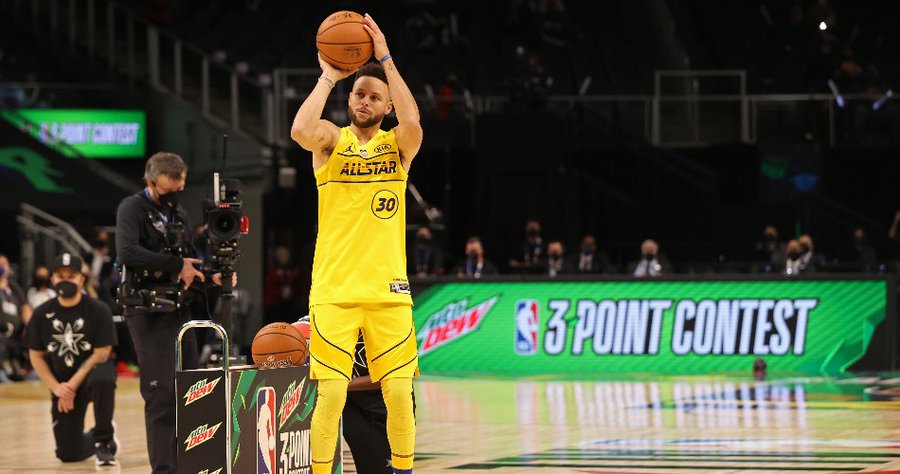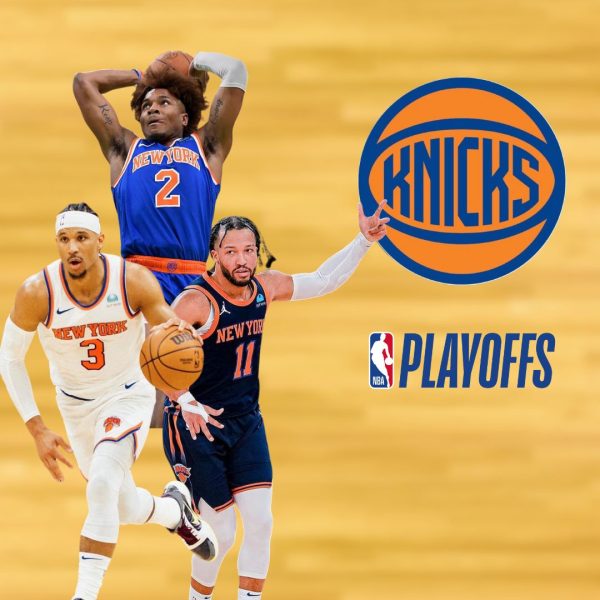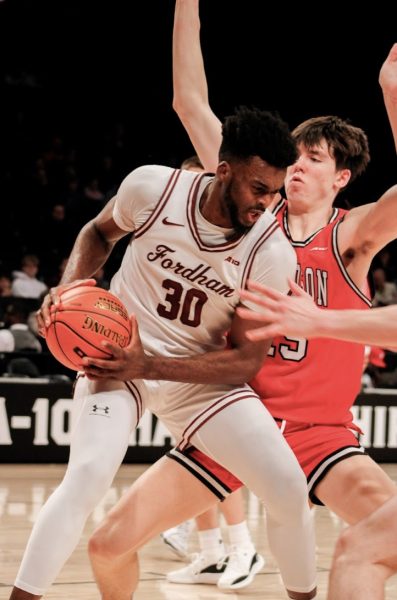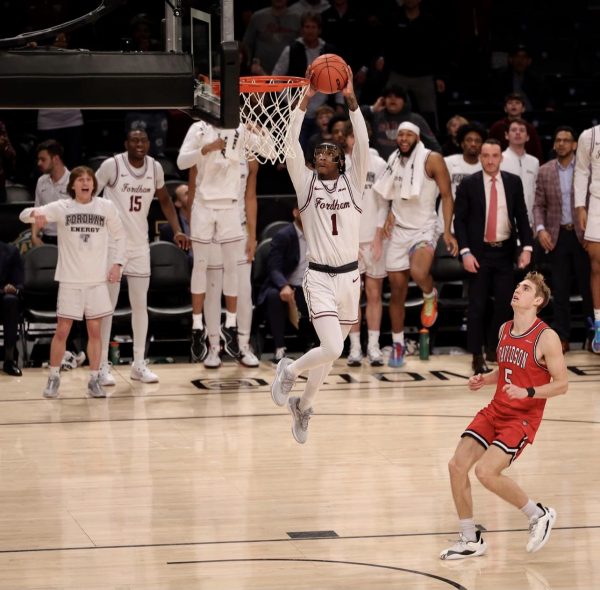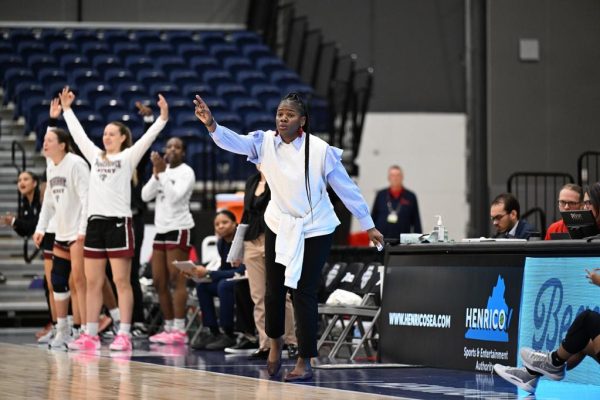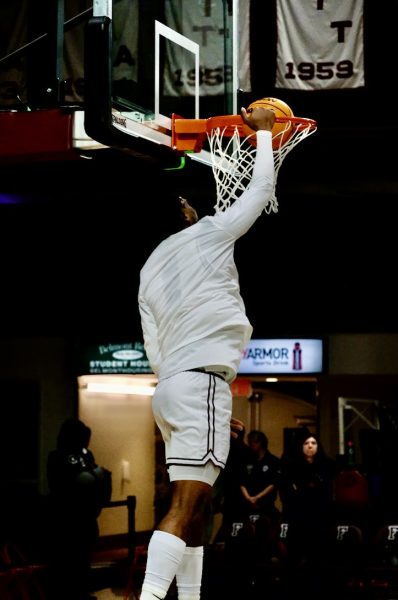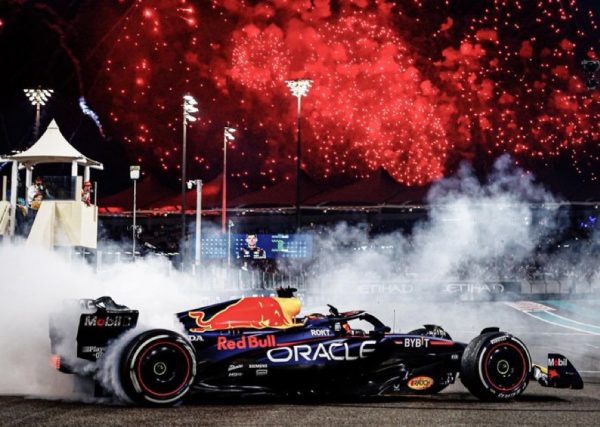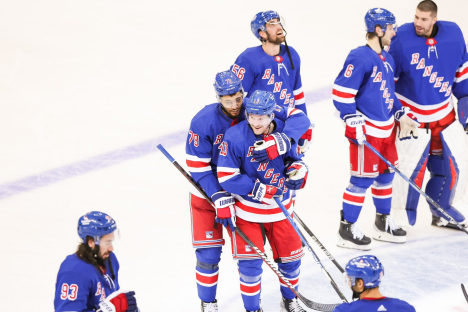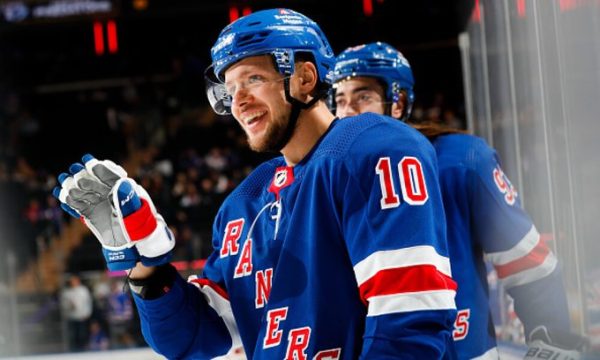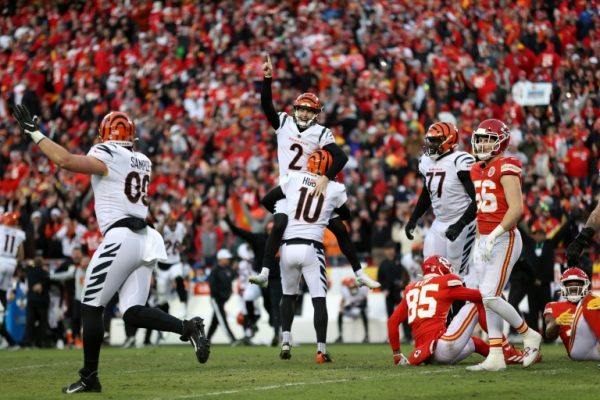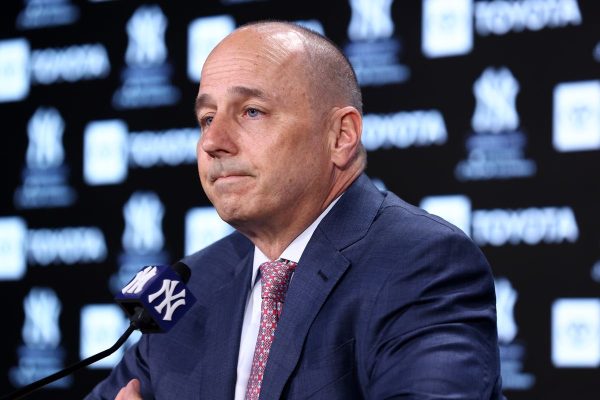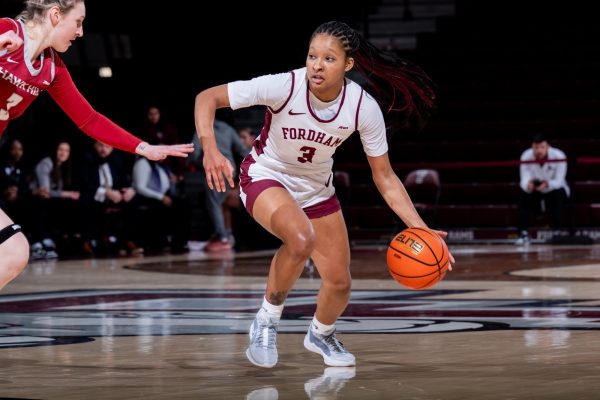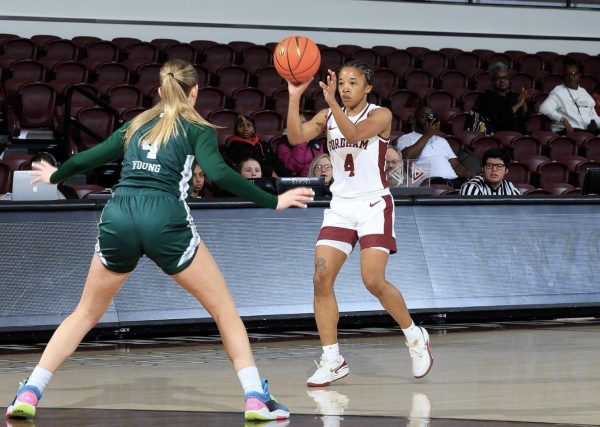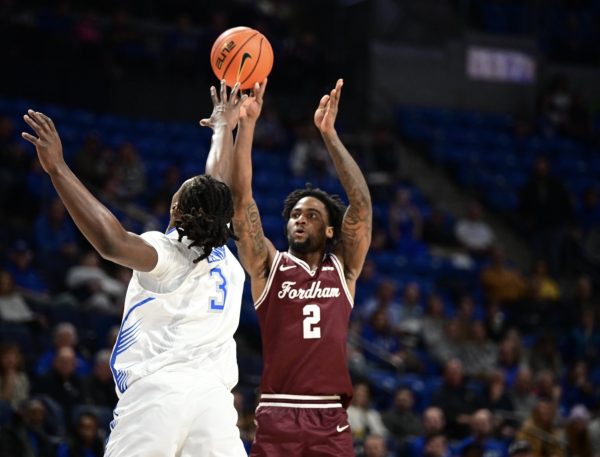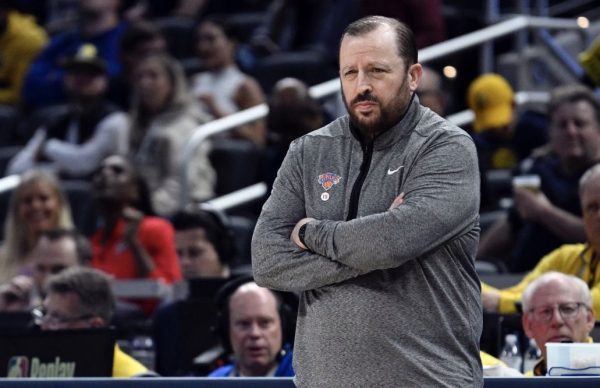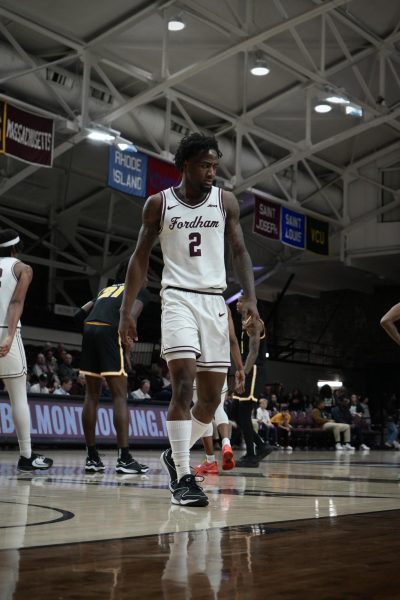The Big Threes
Fifteen feet: that is the distance of a shot on the NBA free-throw line. Now consider Utah Jazz guard and frontrunner of the Sixth Man of the Year Award, Jordan Clarkson, who has a 96.8% of making the shot every time. One would be relatively comfortable with Clarkson taking a foul shot if their life was on the line. There is a reason why athletes in the NBA are considered professionals and the best in the world.
However, the mastery of shooting in the NBA goes beyond fifteen feet. During the 2021 All-Star Game, star guards Damian Lillard and Stephen Curry made back-to-back half-court shots, nearly 43 feet from the basket. To make free-throw shots consistently from fifteen feet is one challenge, but to drill shots from 30 to 40 feet with ease is absolutely ridiculous. One would have to witness the event live to grasp the extraordinary shooting ability of the backcourt duo.
Watching three-point specialists like Lillard and Curry pull up from inside half-court makes them unguardable when they’re in the zone. Their elite skill amongst other deadeye shooters in the league demonstrates the transition to a league dominated by long-range specialists.
In the 2011-12 season, there was only one player who made over 150 threes. Comparing that to the last 82-game season, 2018-19, 43 players surpassed the threshold. This growth is no coincidence. During the reign of Curry, his unprecedented shooting ability has revolutionized the game. The importance of the three-point shot and the market for sharpshooters have increased tremendously. Athletes have found a niche and success in establishing themselves as “3-and-D” players, where they’re recognized for their above-average ability to shoot the three-point shot and play substantial defense.
Many teams now live and die by the three-point shot, restricting them to a limited gameplan when they’re experiencing shooting slumps. It has arrived at a point where the midrange shot is considered a rare art form. Mid-range masters, primarily DeMar DeRozan, have even faced periodic criticism for not extending their range beyond the arc.
The pervasiveness of the three-point shot is undeniable and has even demonstrated its impact on traditional frontcourts, who were not known for their ability to shoot from extended range and spread the floor. Numerous centers have attempted to incorporate the three-point shot into their arsenal, but few have recorded significant success. All-Star frontcourts Joel Embiid, Nikola Jokić, Nikola Vucevic and Domantas Sabonis, are prime examples of unique and skilled big men who can score on all three levels in the paint midrange and behind the arc. With Sabonis securing the win at the 2021 Taco Bell Skills Challenge after outperforming skilled guards like Chris Paul and Luka Dončić, one cannot refute the apparent emergence of forwards and centers who have and continue to develop their tremendous shooting prowess.
In the years to come, there are many implications given the prevalence of the three-point shot. There have been rumors of possibly implementing a four-pointer that would benefit elite shooters like Lillard and Curry. This idea is already integrated into the Big3, a league consisting of former professional basketball players. Therefore, the reality of such an addition into the NBA is not intangible.
Furthermore, understanding the value and need for bigs that can stretch the floor and shoot beyond the arc, one should not be surprised if more centers in the NBA are attempting and drilling the long ball.

